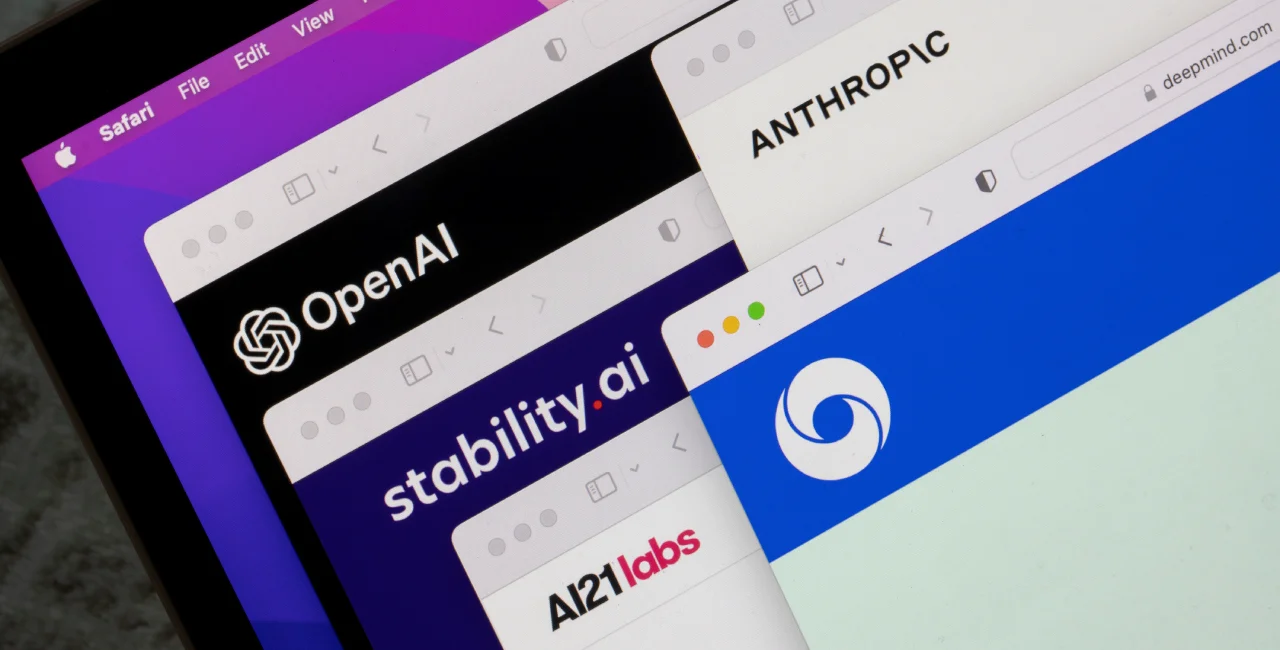An international consortium of 20 European research institutions, companies, and computing centers has launched an ambitious project to develop a large language model that can compete with existing AI models.
Led by Czech AI expert Jan Hajič of Charles University, the OpenEuroLLM project seeks to create a multilingual language model capable of understanding and generating text in 32 European languages, while embedding the cultural context of each country. The model will have a broad range of applications, including in research, business, and government sectors.
The OpenEuroLLM initiative, which has already secured EUR 34 million (CZK 850 million) in funding from the European Commission and other contributors, is designed to address gaps in AI language capabilities.
It aims to deliver the first version of the model in 18 months, with a final version expected within three years. The project’s goal is not just to create a functional language model but also to ensure that it is fully transparent and compliant with European regulations, making it suitable for real-world use in both public and commercial sectors.
A comprehensive European language model
The OpenEuroLLM project is poised to make a significant impact on the field of artificial intelligence by developing a language model that covers 24 official EU languages and those of countries seeking to join the EU.
According to Hajič, the goal is not only to ensure the model can process a wide variety of languages but also that it can adapt to the unique cultural contexts within these regions.
The consortium's research institutions, including universities from across Europe, will work collaboratively to build a set of powerful multilingual models. These models will be used for a variety of purposes, including automatic translation, content generation, and text summarization, tasks that have become commonplace in AI applications today.
Beer Master

The long-term vision of the project is to integrate this AI model into diverse sectors, improving efficiency and accessibility in multiple areas.
Ensuring accessibility and regulatory compliance
A key aspect of the OpenEuroLLM project is its commitment to transparency and European regulatory compliance. As Hajič emphasized, the team plans to make the development process fully open—from the training data to the final model. This will allow the team to demonstrate how the model adheres to European standards for data usage and privacy.
In addition to the main project, which is focused on creating the language model, other follow-up initiatives are already in the planning stages. These will further expand the project’s reach and bring its capabilities to a broader audience.
One such initiative will aim to make the model available to the public, ensuring that the benefits of this cutting-edge technology are accessible to various sectors across Europe.
With funding exceeding EUR 80 million (CZK 2 billion), these initiatives are set to build on the initial success of OpenEuroLLM, positioning Europe at the forefront of AI language model development.












 Reading time: 2 minutes
Reading time: 2 minutes 



 Polish
Polish
 Norwegian
Norwegian
 Finnish
Finnish
 Danish
Danish






















